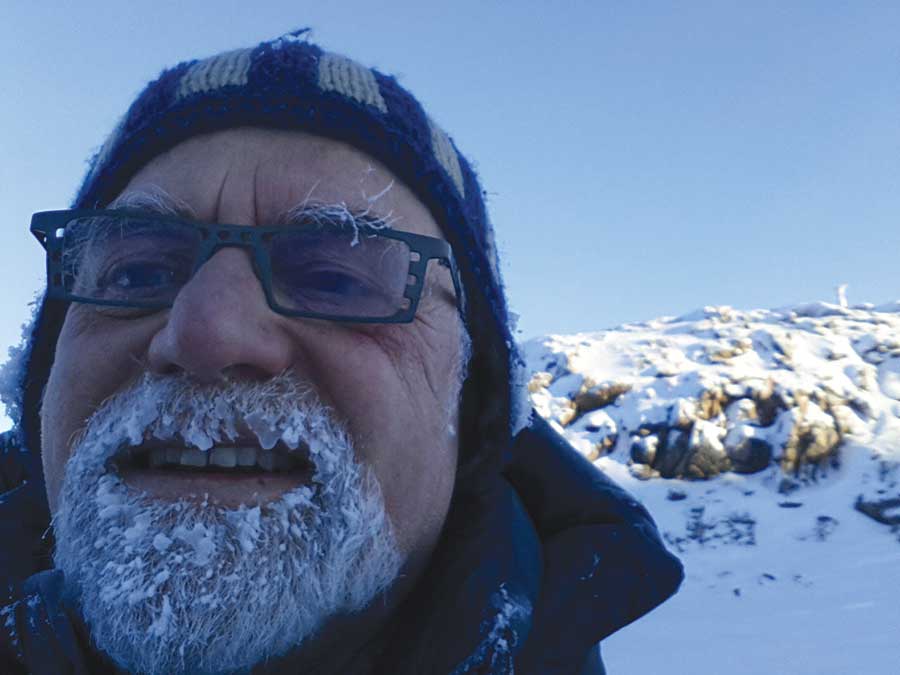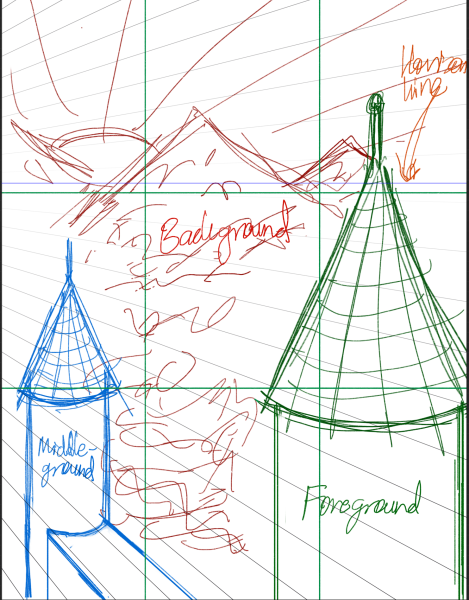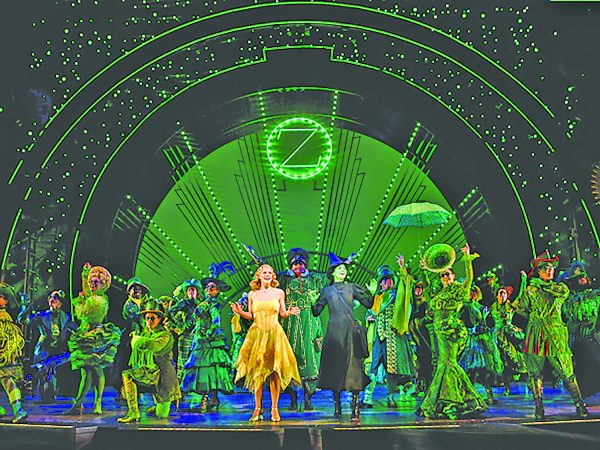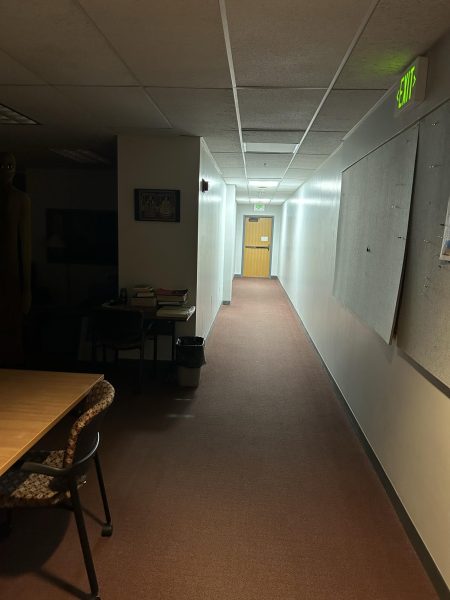Ken Leslie finds light in the Greenland dark
Over the past 15 years, Fine and Performing Arts Professor Ken Leslie has periodically travelled to the far north, above the Arctic Circle, to work on his art. This past winter, he travelled for the first time to Greenland.
Leslie spent January and February of 2013 in the small town of Upernavik (home to about 1,000 people), in an artist residency provided through the Upernavik Museum. He stayed in a small house overlooking the bay provided by the museum.
Leslie said that he first discovered his love of the darkness years ago, when he began taking winter nighttime hikes in the woods around his house.
“You never need a flashlight—never take a flashlight,” he said. “You can see fine. And you can’t see anything if you bring a flashlight. If you don’t take a flashlight you can see the stars, you can see everything. So I became aware of the fact that in a way, light blinds you to being able to see, and if you don’t have the light on, you see a whole lot more.”
The sun didn’t rise in Upernavik for the first six weeks he was there. He typically spent his time during the ‘round the clock darkness of the arctic winter using no more illumination than a few tea candles to help him find his way around. He did all of his paintings in the darkness. “My deepest experiences of self-understanding tend to come in the dark, tend to come at night. My conversations with myself are more likely to be at night than in the sunshine.”
Leslie has said he sees a difference between paintings he does in the light and those he does in the dark. “They’re better observed. The ones that I’ve done in the dark—if the light were on I couldn’t have seen what I saw. I’m worried less also about the object I’m creating and more about what I’m looking at.”
Greenland is the world’s largest island, but it only has a population of 57,000. Most of the settlements, including Upernavik, are located on the myriad of small islands ringing the icebound landmass. In summer, people get from island to island by boat. But in the winter, Leslie discovered that he could walk across the sea ice—as long as he kept to recent footprints.
Leslie has stayed above the Arctic Circle many times in several countries, but Greenland was a unique experience for him.
“This was completely different from any other place in how completely isolated it was,” he said. “I was in a town in northern Alaska, where you couldn’t drive there from another town, but there still was a rather large network of roads that went to a few surrounding villages. I could hike all day on roads and not get back within the day if I wanted to. But this was literally a tiny island…Most big supplies come in by ship, which means there’s no big ship supplies [for the winter]. They run out of potatoes, that’s it.”
He continued that indigenous people made up more of the population in Greenland than in other areas he had visited. Traditional roles and pastimes still play a large part in the culture. For example, fishing and hunting is extremely important in a country where the topsoil is only a few inches deep and no crops can be grown.
“The difference between hunting and fishing is whether you’re going for mammal or seafood,” he said. “You hunt seals, walrus or polar bear; you fish for halibut, char, shrimp or crabs. And the vehicle of choice is the dogsled.”
Dogsleds are used because only the largest towns have gas stations—snowmobiles are pretty useless.
Some parts of human culture are universal, such as the teenager called by his parents to do his chores. “I looked out my window one morning to see this hunter ride up with his sled and leave his now-frozen seal on the ice,” said Leslie. “He whipped out his cell phone and called his teenaged son to run down from the house and fetch the seal. It was the classic ‘Ah, Dad!’ moment, as happens in every culture, where the son had to quit the computer game, throw on his shoes and coat and run down to the shore to drag the catch up to the house.”
Greenlanders are also very fond of fireworks in the darkened months. Leslie said the townspeople celebrated the New Year every night until mid-January.
But the mix of old and new is not always beneficial for Greenland. The country has one of the highest suicide rates in the world, particularly among young adults. One young man Leslie spoke to said that in the last few years, five or six of his classmates had killed themselves.
Leslie doesn’t believe the long winters are necessarily the cause of this, but rather boredom as a result of westernization and a culture that has different views on death and suicide than many are used to in America.
“Now they are a mixture of the disappearing traditions without the replacement except in a superficial way of a lot of what we call Western culture—European culture. So they of course have television and film and they see all the stuff that’s out there but there isn’t that much to do in a small town…I was told that a lot of kids, they imagine themselves after death as still spiritually existent…that your presence, your being, might continue whether you’re literally living or not.”
Leslie said that he prefers to live his life to the fullest, and take every adventure he can (such as going to Greenland and meeting the people there).
The most common languages in Greenland are Greenlandic, Dutch and Inuit. But there were some people who had learned English. “They would be the ones that would tend to adopt me,” Leslie said. “So I did get quite close with a Greenlandic family, an Inuit family. A husband and wife, neither spoke English. But their son spoke English, he was about, maybe 20.
Leslie became friends with the family after their son Edvard’s girlfriend expressed interest in his artwork. “I offered to teach her how to do bookmaking, how to sew a book together. And that got me a dinner invitation. So that was my first seal dinner. And then I went back many times.”
Leslie displayed some of his work in the museum, including a growing installation of the landscape that he added to day by day as the light changed. He has been invited to return this summer, and is eager to return and see Greenland in the light.






